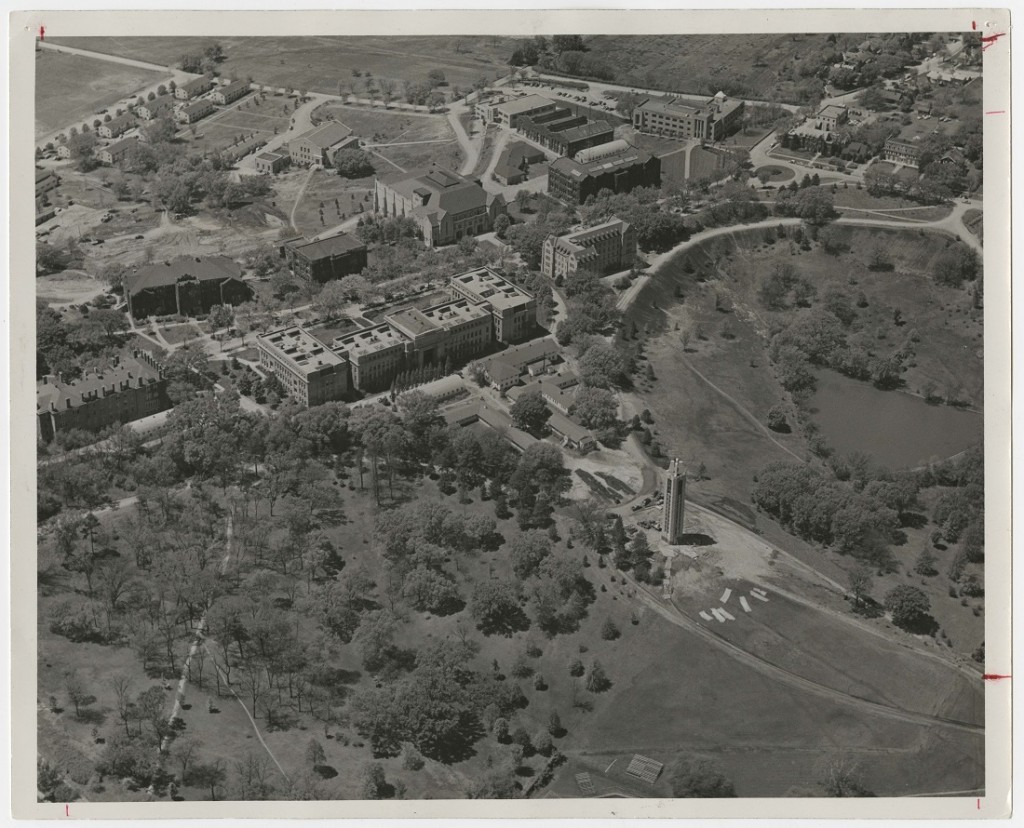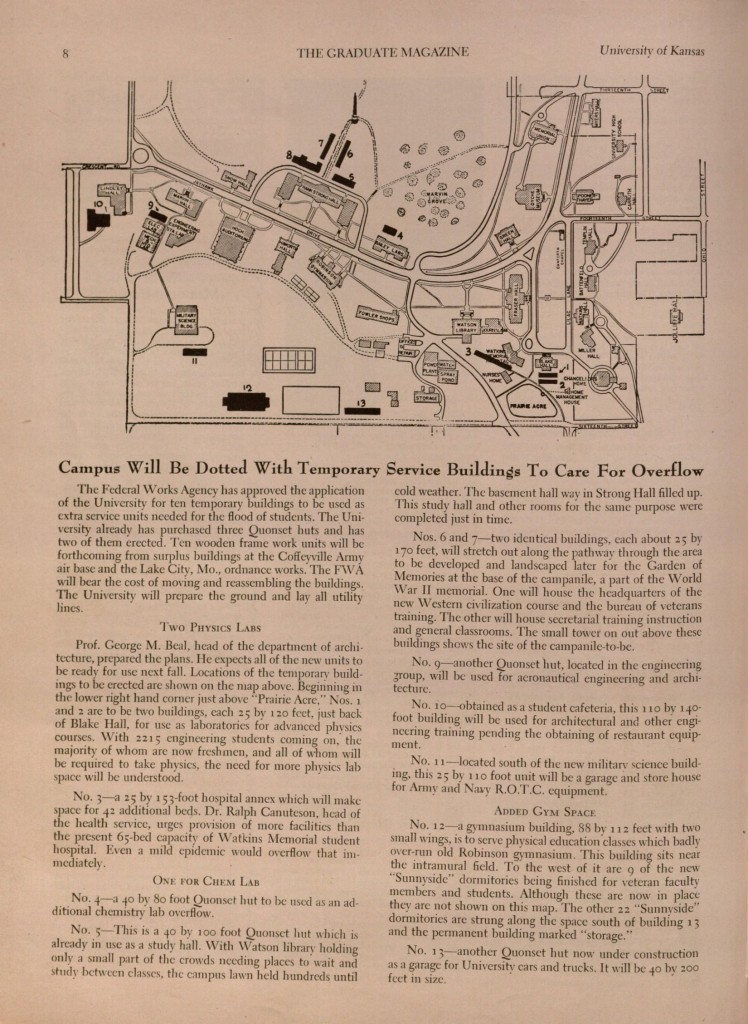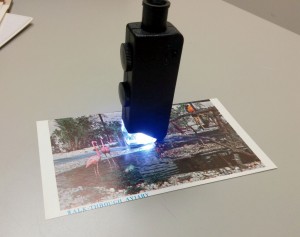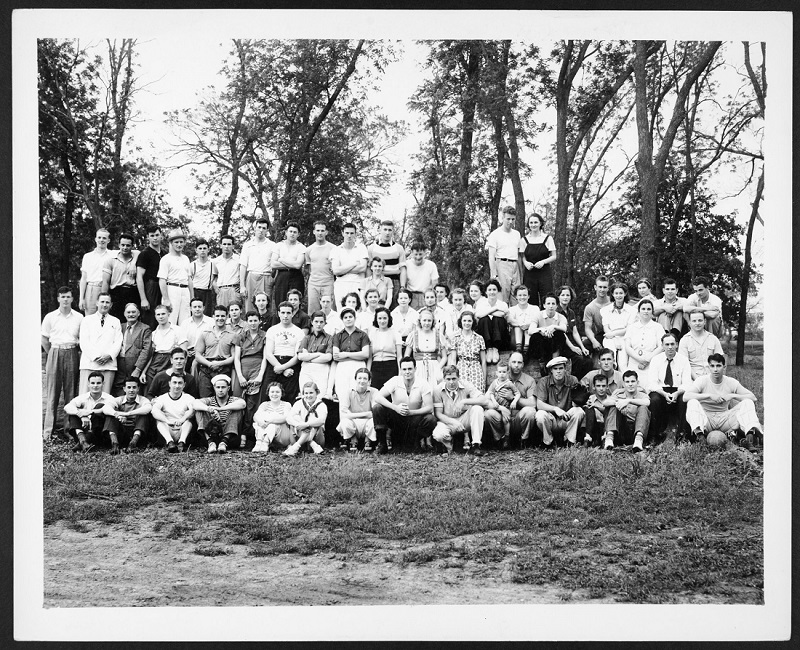In honor of Father’s Day this coming Sunday, this week’s blog post highlights a book in Special Collections that provides guidance for fathers: William Cobbett‘s 1829 work Advice to Young Men, and (Incidentally) to Young Women, in the Middle and Higher Ranks of Life, In a Series of Letters, Addressed to a Youth, a Bachelor, a Lover, a Husband, a Father, a Citizen, or a Subject.
Cobbett begins his “Letter to a Father” with a statement about the blessings of children and the important role of fathers.

The beginning of William Cobbett’s “Letter to a Father,” in
Advice to Young Men, and (Incidentally) to Young Women.
London: The author, 1829. Call Number: B5060. Click image to enlarge.
Cobbett then continues on for roughly 116 pages, offering advice to fathers on a wide variety of topics including the importance of breastfeeding; the use of midwives and servants; the role of resolution, tenderness, and courage in parenting; the use of cradles; the controversy of smallpox inoculation; the roles of good food, clean air, exercise, book-learning, and schooling (by subject) in educating children; and the importance of impartial treatment of adult children, compared with their siblings.
On the surface, some of Cobbett’s advice seems surprisingly modern, as seen in the two excerpts below.
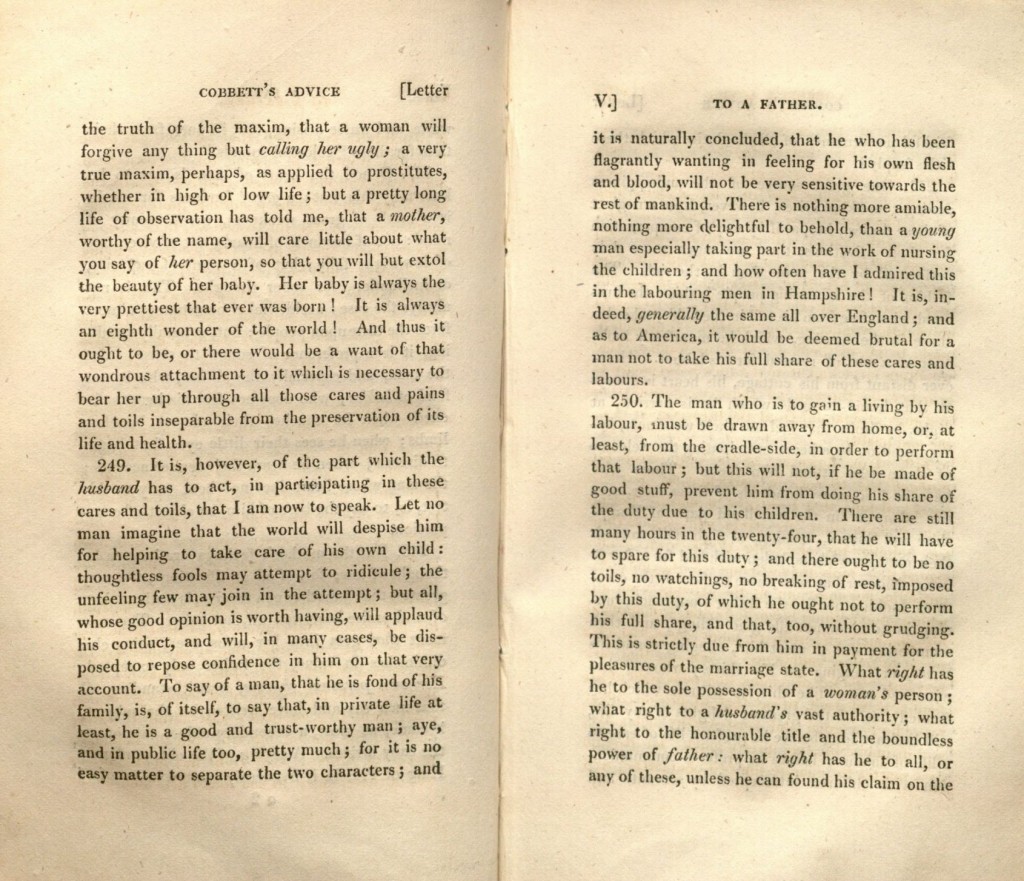
In section 249 of his “Letter to a Father,” Cobbett offers this advice:
“Let no man imagine that the world will despise him for
helping to take care of his own child.” Click image to enlarge.
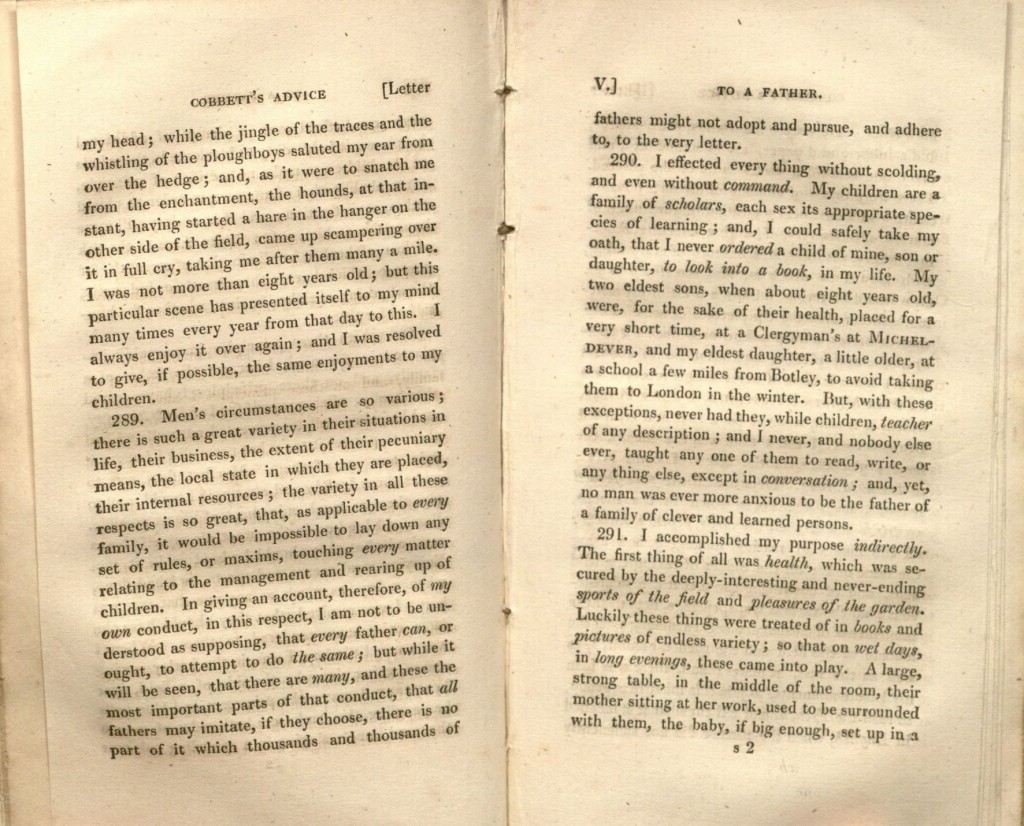
“Men’s circumstances are so various,” Cobbett acknowledges in section 289.
“In giving an account, therefore, of my own conduct, in this respect, I am not to be understood
as supposing, that every father can, or ought, to attempt to do the same.” Click image to enlarge.
Other sections of Cobbett’s advice may seem more humorously outdated to 21st-century readers, such as his description of bath time.
A great deal, in providing for the health and strength of children, depends upon their being duly and daily washed, when well, in cold water from head to foot. Their cries testify to what a degree they dislike this. They squall and kick and twist about at a fine rate…Well and duly performed, [bathing children] is an hour’s good tight work; for, besides the bodily labour, which is not very slight when the child gets to be five or six months old, there is the singing to overpower the voice of the child. The moment the stripping of the child used to begin, the singing used to begin, and the latter never ceased till the former had ceased. (section 257).
You can read Cobbett’s work in its entirety through Project Gutenberg.
Caitlin Donnelly
Head of Public Services


